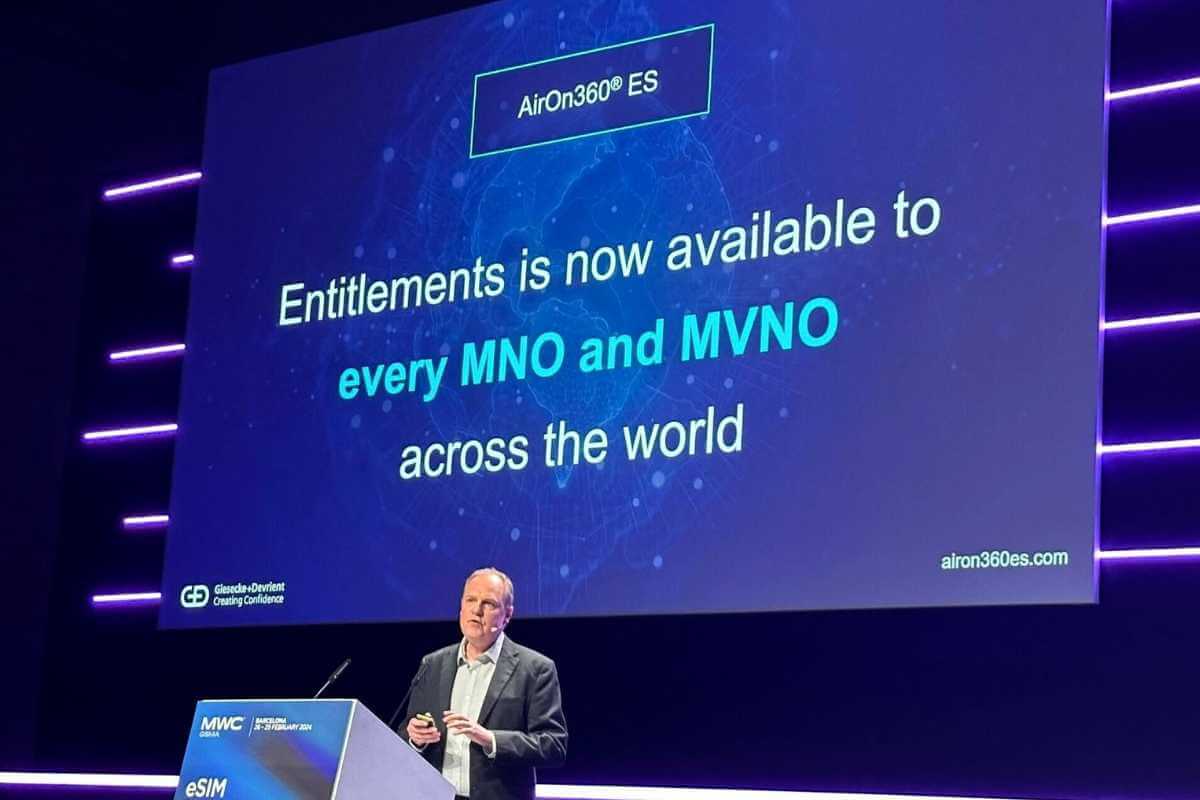In Short:
India is making progress in becoming a semiconductor hub with the approval of three new units. The government is investing Rs 1.26 lakh crore to support self-reliance in manufacturing. By 2026, India’s semiconductor market is expected to reach $64 billion. Investment in the domestic semiconductor space is projected to increase, making India a top five manufacturing nation by 2028. The government’s incentive plans cover all aspects of the semiconductor ecosystem. Challenges include disruptions in the global supply chain and competition from established hubs like Taiwan and South Korea. India’s long-term success as a semiconductor hub will require sustained government support.
India’s Semiconductor Industry on the Rise
India’s dream of becoming a semiconductor hub is coming closer to reality. Recent developments show that the strategy is bearing fruit, with several global companies eager to set up operations in India.
Government Approves Three Semiconductor Units
Last week, the government cleared the way for the establishment of three semiconductor units in India, with a total investment of Rs 1.26 lakh crore. This move will further India’s goal of achieving self-reliance in the manufacturing sector.
Make in India Initiative Gains Traction
In line with the Make in India vision and recognizing its importance during the COVID-19 pandemic, the government introduced a production-linked incentive scheme worth Rs 76,000 crore for chip and display fabrication units in December 2021.
Projected Growth in Semiconductor Market
The semiconductor market in India is expected to reach $64 billion by 2026, nearly three times its size in 2019, according to Counterpoint Research and the India Electronics & Semiconductor Association (IESA).
India’s Aspirations in Semiconductor Manufacturing
By 2028, India aims to increase investments in the semiconductor space to Rs 7.5 lakh crore, positioning itself among the top five semiconductor manufacturing nations globally, as stated by Ashwini Vaishnaw, union minister for electronics and IT, communications, and railways.
Approved Proposals for Semiconductor Units
The recent approvals include Tata Electronics’s semiconductor fab unit in partnership with Taiwanese Powerchip Semiconductor Manufacturing Corporation (PSMC) in Gujarat, Tata Semiconductor Assembly and Test (TSAT)’s semiconductor unit in Assam, and CG Power’s unit in partnership with Renesas Electronics Corporation and Stars Microelectronics in Gujarat.
Challenges and Opportunities
While India aims to compete with established semiconductor hubs like Taiwan, South Korea, China, and the United States, the journey will require time and effort. Differentiation and competitive advantages will play a key role in attracting more companies to India’s semiconductor ecosystem.
Despite the promising outlook, sustained government support will be crucial for the long-term success of India’s semiconductor industry.




